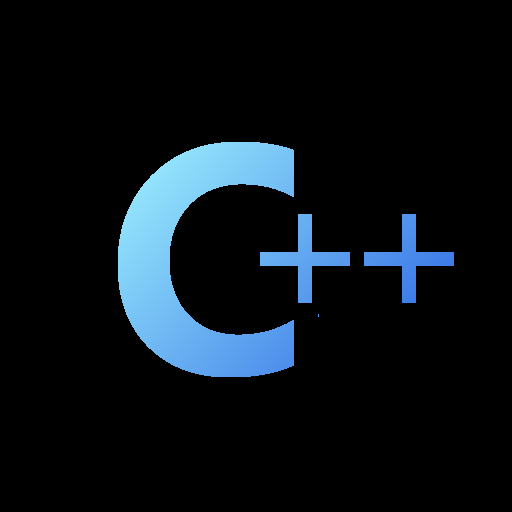I had some fun trying to check if a hash (more like a transformation really) was collision free, so I wrote a quick piece code and then iterated on it so that it was usable.
I might add a quick bench and graphs and try to push it even further just for fun, to explore std::future a bit more (though the shared bit set might be a problem unless you put a shared condition variable on it to allow concurrent read but block concurrent writes?)


I like the problem solving description, I actually went through a similar learning process leading to bitset recently. It was very satisfying!
However, I just have to ask a question: What is the reason you didn’t just use UUID?
Thanks!
It would have been a lot easier to generate a fresh UUID for every record, but that means storing it. And we would have a unique sequential id alongside a unique UUID, two different keys for the exact same data. It is doable, afterall it’s just an additional 128bits for every record, but for the sake of it I wanted to not store an additional ID and be able to compute the UUID on the fly from the base sequential ID.
Ah, I didn’t think about this. Thanks for the explanation!